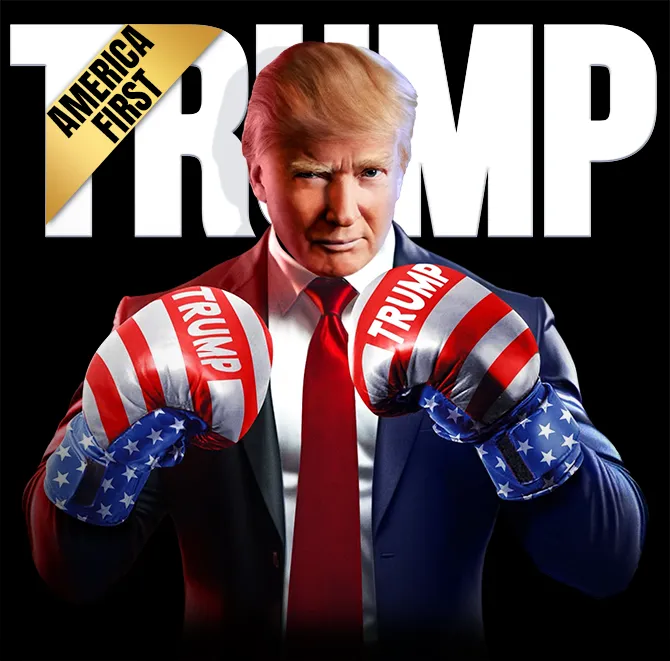BD124 Insights
Your go-to source for the latest news and informative articles.
Pixels and Profits: Rethinking Collectibles in a Digital Marketplace
Discover the future of collecting! Explore how digital marketplaces are transforming collectibles and unlocking new profit potential.
Understanding the Digital Collectible Landscape: What You Need to Know
The digital collectible landscape is rapidly evolving, driven by advancements in technology and shifts in consumer behavior. Digital collectibles, often associated with blockchain technology, allow individuals to own unique, verifiable items in the digital realm. This marketplace has expanded beyond traditional collectibles, embracing NFTs (non-fungible tokens) that represent ownership of digital art, music, and even virtual real estate. As interest in digital collectibles grows, it's essential to understand the underlying technologies and the potential for investment. The key components include blockchain technology, smart contracts, and the role of decentralized platforms.
To navigate the digital collectible landscape effectively, consider these three important factors:
- Authenticity: Ensure that the collectibles you explore are verified by legitimate sources.
- Value Fluctuation: Just like physical collectibles, digital items can appreciate or depreciate in value, making market research crucial.
- Community Engagement: Many successful collectibles have an active community, so participating in forums and social media can enhance your understanding and investment.

Counter-Strike is a popular first-person shooter game that has garnered a massive following since its launch. Players engage in team-based combat, choosing between terrorist and counter-terrorist factions. For those looking to enhance their gameplay experience, you can check out the csgoroll promo code to unlock exciting features and rewards.
How NFTs Are Revolutionizing the Collectibles Market
The rise of Non-Fungible Tokens (NFTs) has marked a significant transformation in the collectibles market, providing a revolutionary way to own and trade unique digital assets. Unlike traditional collectibles, which can be easily replicated or forged, NFTs use blockchain technology to prove authenticity and ownership. This ensures that buyers receive a genuine item, whether it’s digital art, music, or virtual trading cards. As NFTs gain traction, collectors are embracing the idea of owning a piece of digital art that not only holds value but also offers exclusivity that was previously unattainable.
Moreover, the integration of NFTs into the collectibles market has opened new avenues for monetization for artists and creators. With the ability to sell directly to consumers without intermediaries, artists can maintain greater control over their work. For instance, platforms that support NFTs allow creators to receive royalties on secondary sales, providing ongoing revenue as their art appreciates in value. This shift is not only benefiting collectors who can invest in exclusive items but also fostering a more collaborative and sustainable ecosystem for artists and content creators alike.
Are Digital Collectibles Worth the Hype? A Deep Dive
The rise of digital collectibles has sparked a whirlwind of interest and debate among enthusiasts and investors alike. With the advent of blockchain technology, these unique assets, often referred to as NFTs (Non-Fungible Tokens), have gained prominence, boasting ownership that is verifiable and immutable. However, the question still lingers: Are digital collectibles worth the hype? Many argue that the value of these items lies in their scarcity and the emotional connection they forge with their communities, while others view them as speculative assets with inflated worth.
To assess the real worth of digital collectibles, it's essential to consider several factors including market demand, community engagement, and the underlying technology. For instance, projects with strong backing from prominent artists or companies can attract significant interest and investment. Additionally, the growing acceptance of digital art and collectibles within mainstream culture suggests that they may have lasting value. Still, potential investors should proceed with caution, as the landscape is volatile and influenced by trends that can shift dramatically.